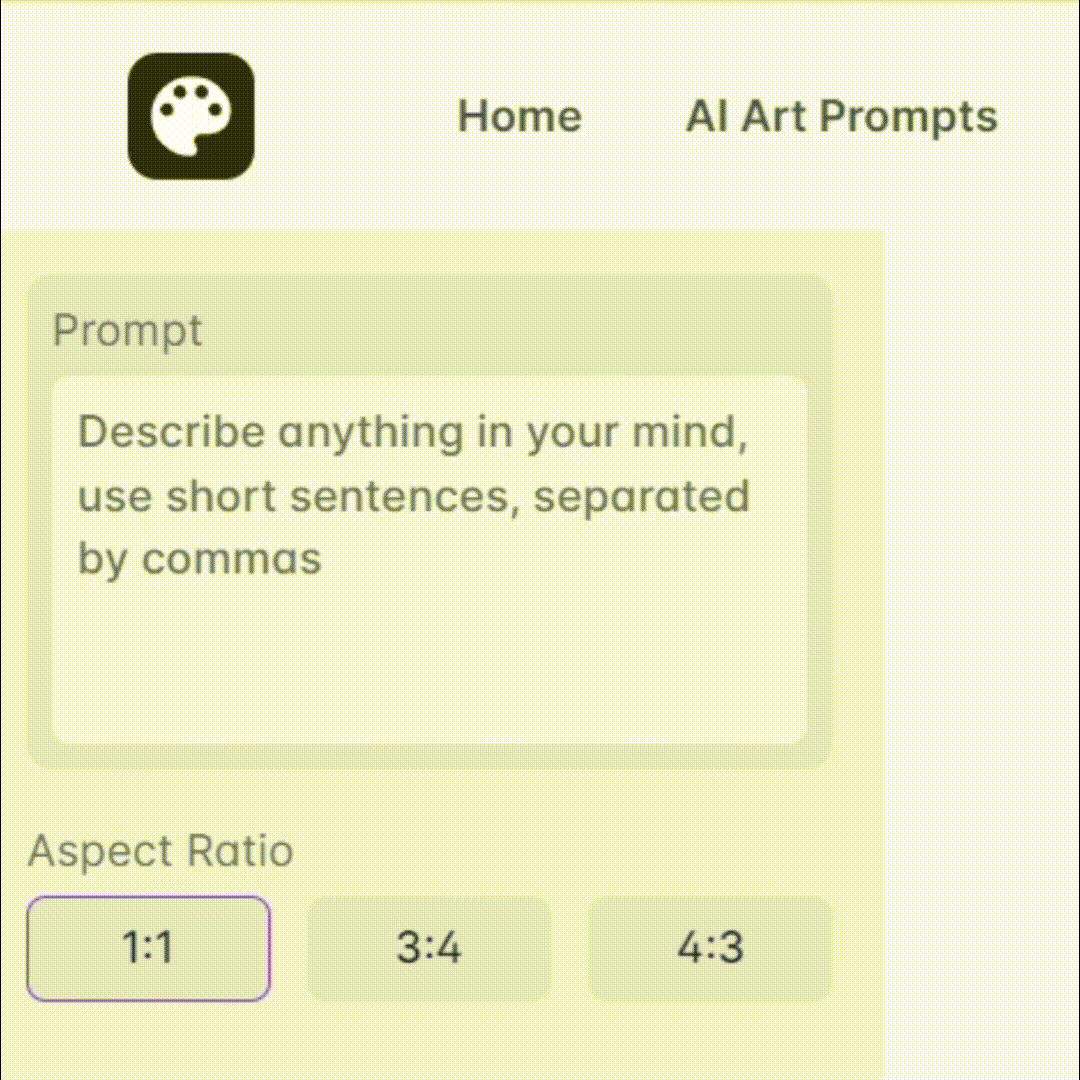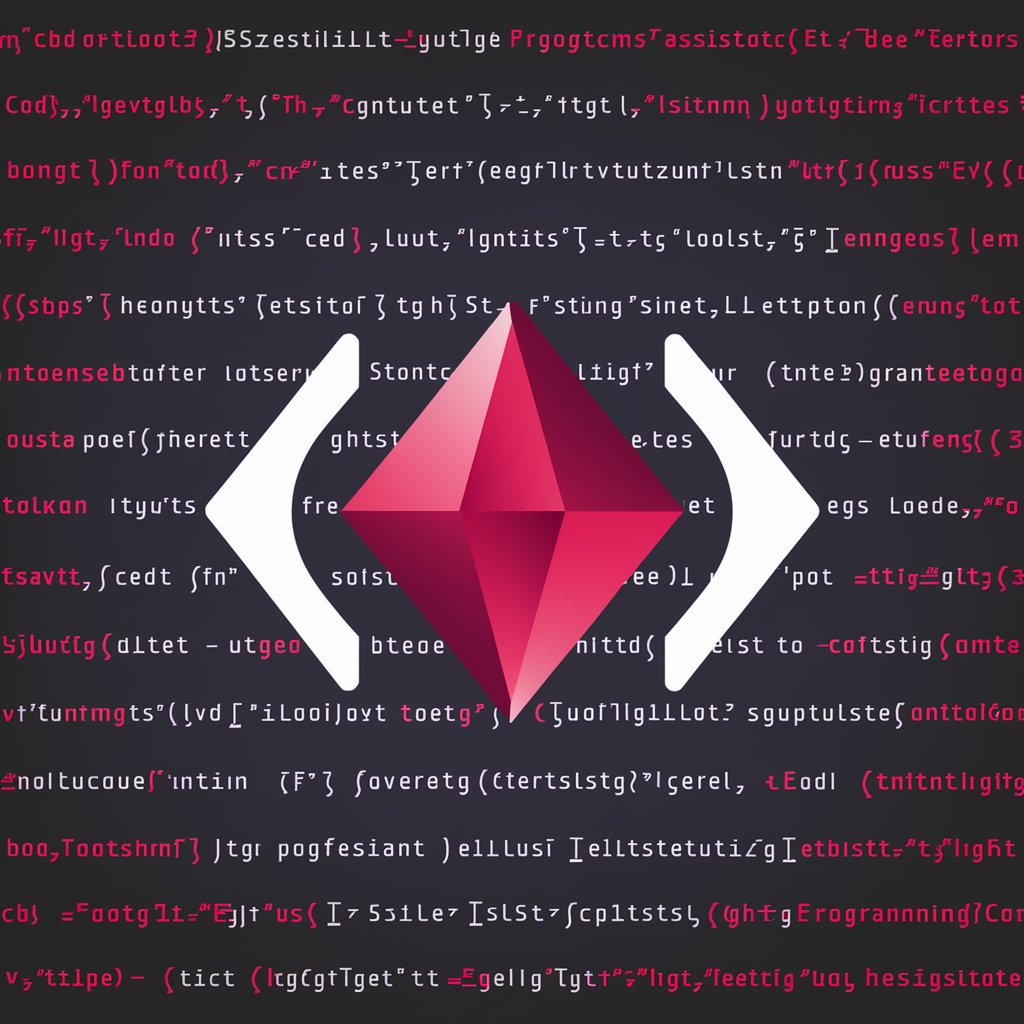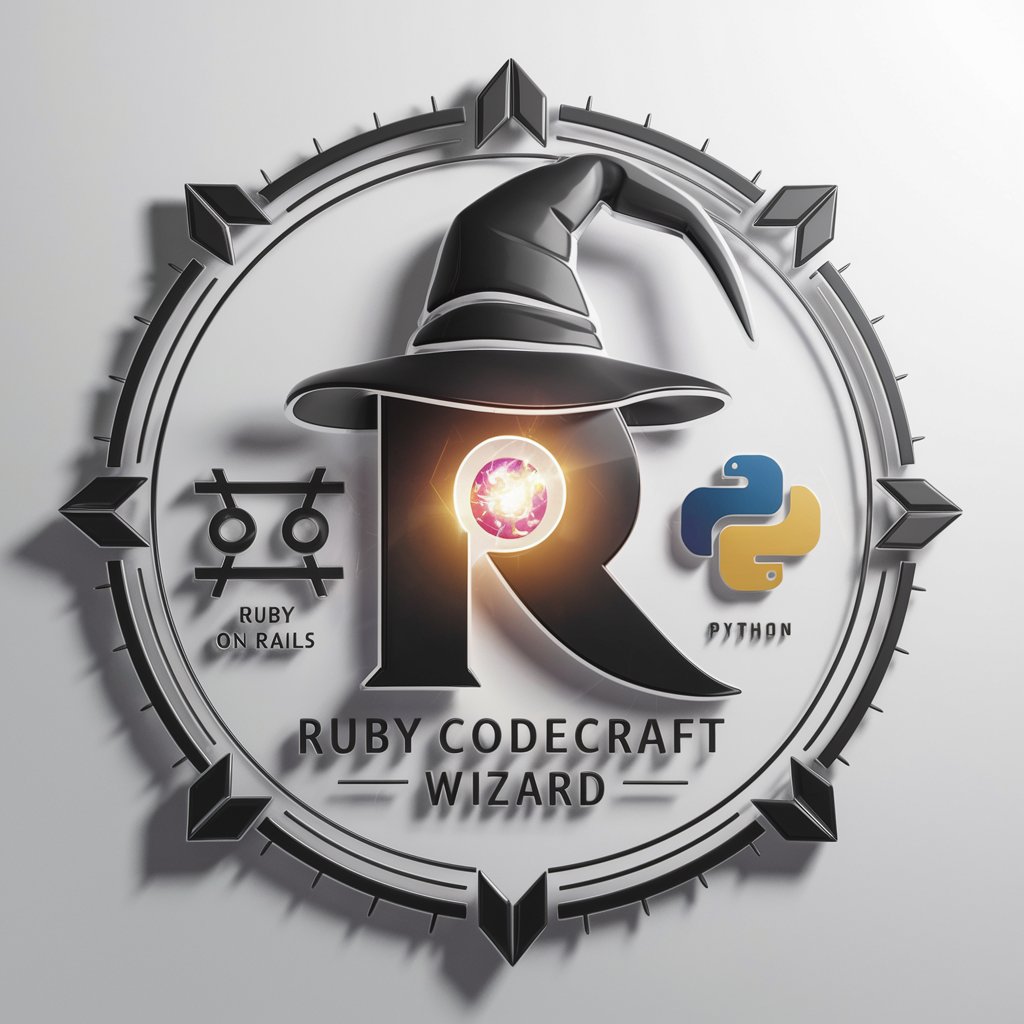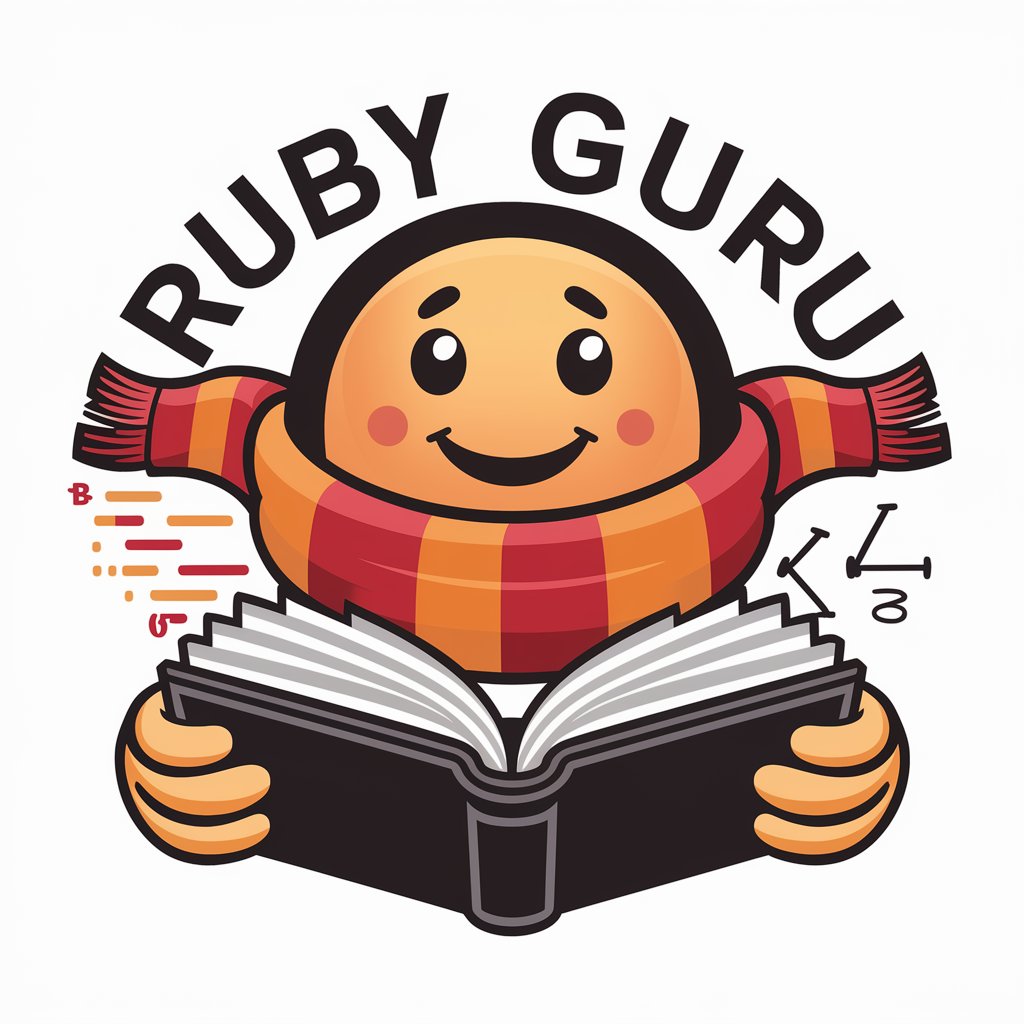
Ruby Renaissance: Bundler for Project Success - Ruby Dependency Management
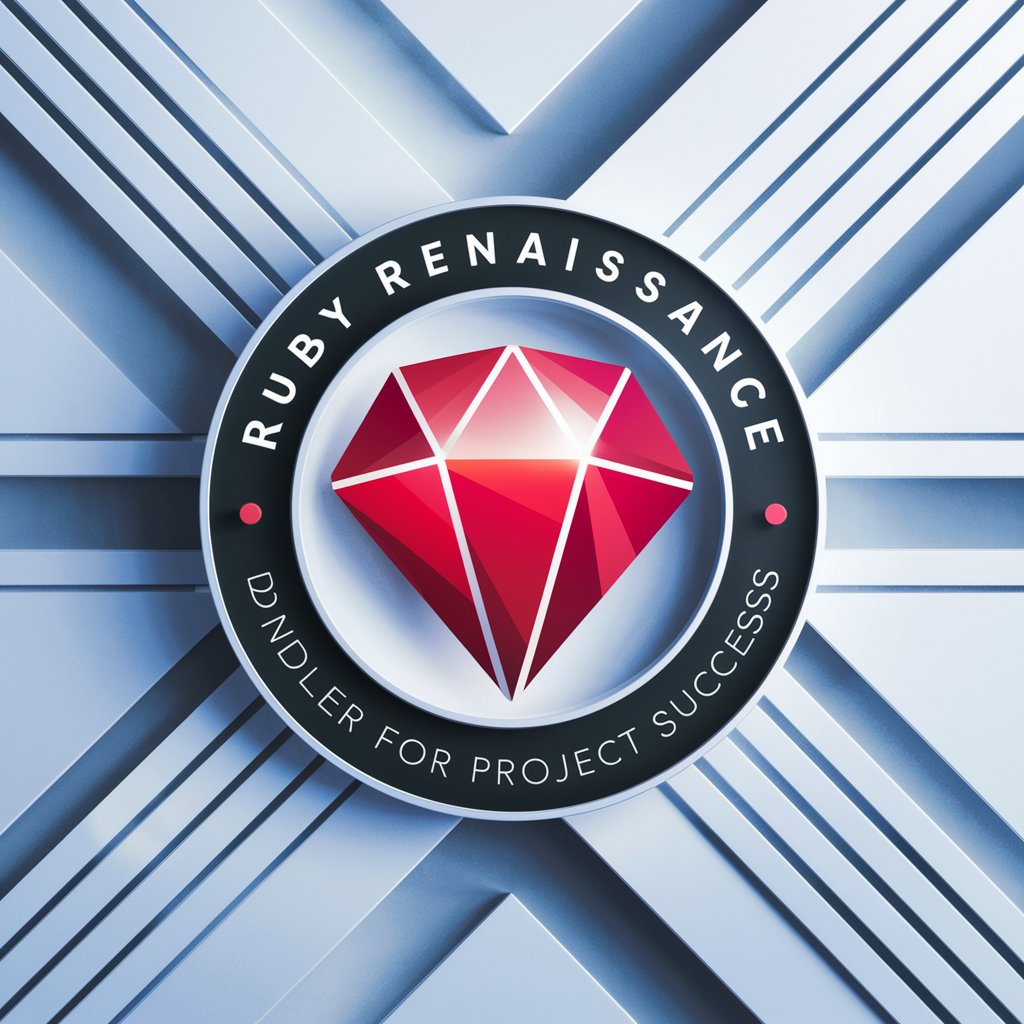
Hello! Ready to master your Ruby projects with Bundler?
Streamlining Ruby projects with AI-driven dependency management.
How can I resolve gem version conflicts in my Ruby project?
What are the best practices for managing dependencies in a Ruby project?
Can you guide me through setting up a Gemfile for my new Ruby project?
How do I use Bundler to ensure my Ruby project's environment remains consistent across different machines?
Get Embed Code
Introduction to Ruby Renaissance: Bundler for Project Success
Ruby Renaissance: Bundler for Project Success is designed as a comprehensive guide and toolset for managing Ruby project dependencies with precision and ease. Its core purpose is to streamline the process of managing gem dependencies within Ruby projects, ensuring that developers can easily specify, install, and update the gems needed for their projects. This is achieved through detailed explanations, examples, and code snippets that focus on the utilization of Bundler, a Ruby gem itself, which provides a consistent environment for Ruby projects by tracking and installing the exact gems and versions that are needed. Examples of its utility include resolving version conflicts, managing environment-specific dependencies, and automating project setup tasks. Scenarios illustrating these aspects might involve setting up a new Ruby on Rails project, updating gems without breaking dependencies, or configuring a project to use different sets of gems in development, test, and production environments. Powered by ChatGPT-4o。

Main Functions of Ruby Renaissance: Bundler for Project Success
Dependency Management
Example
Automatically generating a Gemfile for a Rails project with specific gem versions.
Scenario
A developer starting a new Rails project needs to ensure that all gem dependencies are correctly specified and compatible. Ruby Renaissance aids in creating a Gemfile that lists all required gems with versions that are known to work well together, thereby avoiding common issues like version conflicts.
Project Environment Consistency
Example
Using the `bundle exec` command to run Ruby code in the context of the project's bundle.
Scenario
To avoid the 'it works on my machine' problem, developers use Ruby Renaissance to ensure that commands are run within the context of the project's specific gem dependencies, as specified in the Gemfile.lock, thus maintaining consistency across development, testing, and production environments.
Updating and Resolving Dependencies
Example
Running `bundle update` to safely update project dependencies.
Scenario
When a project requires an updated version of a gem due to a new feature or security patch, Ruby Renaissance guides the process, ensuring that updating one gem does not break dependencies with others, maintaining project stability.
Automating Setup and Deployment Tasks
Example
Creating custom Bundler groups for development, test, and production environments.
Scenario
Developers can specify different sets of gems for various environments (e.g., development, test, production) using Ruby Renaissance. This includes automation scripts that install only the necessary gems for each environment, optimizing resource use and deployment times.
Ideal Users of Ruby Renaissance: Bundler for Project Success
Ruby Developers
Individuals or teams working on Ruby projects who need to manage multiple gem dependencies efficiently. They benefit from Ruby Renaissance by gaining insights into best practices for dependency management, avoiding common pitfalls, and ensuring project consistency.
Project Managers and Team Leads
Managers and leads overseeing Ruby projects who are responsible for ensuring project timelines are met and that the codebase remains stable and maintainable. They find value in Ruby Renaissance through its ability to automate and streamline project setup and deployment tasks, making team workflows more efficient.
DevOps and System Administrators
Professionals tasked with deploying and managing Ruby applications across different environments. They utilize Ruby Renaissance to ensure that all environment dependencies are correctly managed and to automate the deployment process, reducing the chances of errors and inconsistencies.

How to Use Ruby Renaissance: Bundler for Project Success
1. Begin with a Free Trial
Start by accessing a free trial at yeschat.ai, where no login or subscription to ChatGPT Plus is required.
2. Set Up Your Ruby Environment
Ensure Ruby is installed on your system, alongside the latest version of Bundler. This setup is crucial for managing your project dependencies effectively.
3. Create or Update Your Gemfile
Define your project's gem dependencies within a Gemfile. This file should list all necessary gems and their versions to ensure compatibility and stability.
4. Install Dependencies
Run 'bundle install' to install the gems specified in your Gemfile. This step ensures all your project's dependencies are met and avoids conflicts.
5. Maintain Your Project
Regularly update your Gemfile and run 'bundle update' to keep gems up-to-date. Use 'bundle exec' to run your project within the Bundler environment, ensuring consistency.
Try other advanced and practical GPTs
Personal Assistant Pro
Empowering your daily tasks with AI

Techno-Mysticism Fusion
Where Cybernetics Meets Mysticism in Art

Smart Shopper
Empowering your shopping with AI.

🚀 Fortran Array Operations Expert
Optimizing Fortran Arrays with AI
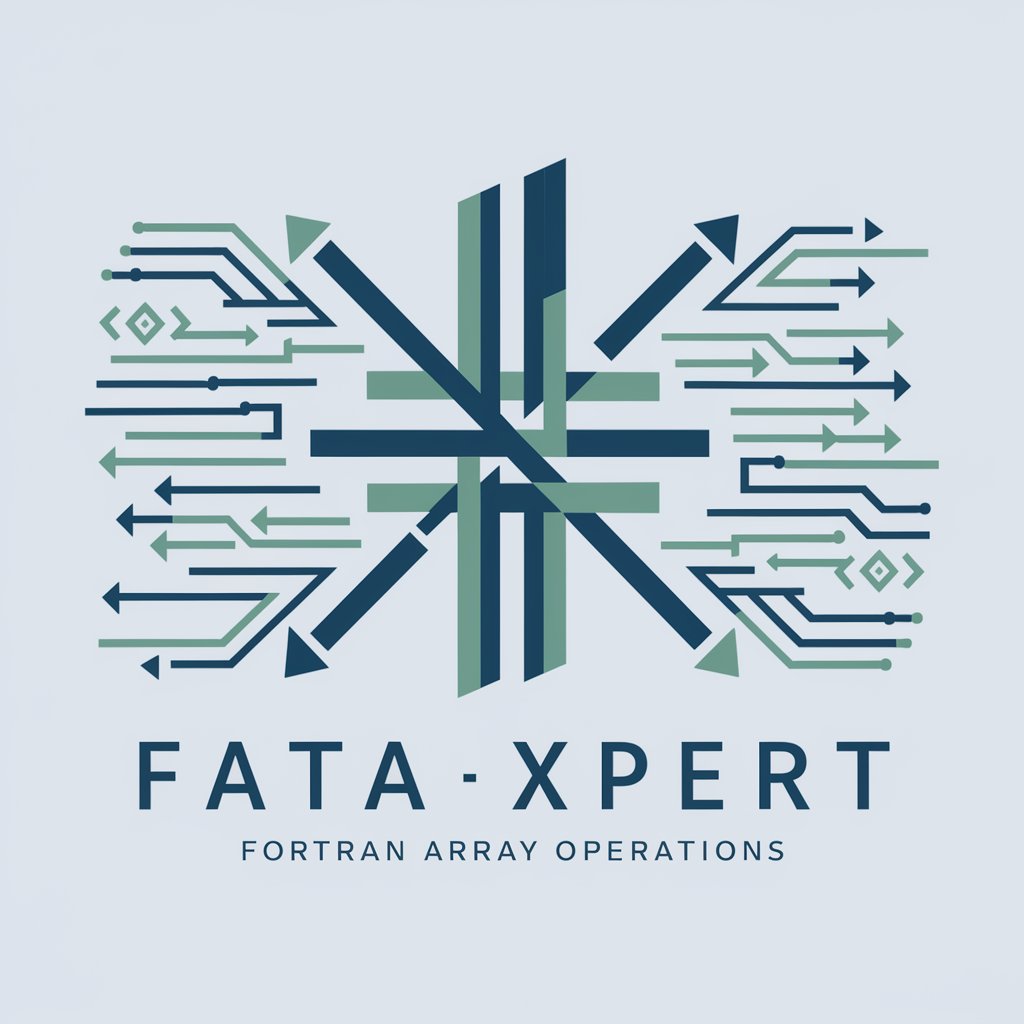
Podcast Finder
Discover Your Next Favorite Podcast

Intellect Navigator Enhanced
Empowering legal professionals with AI.
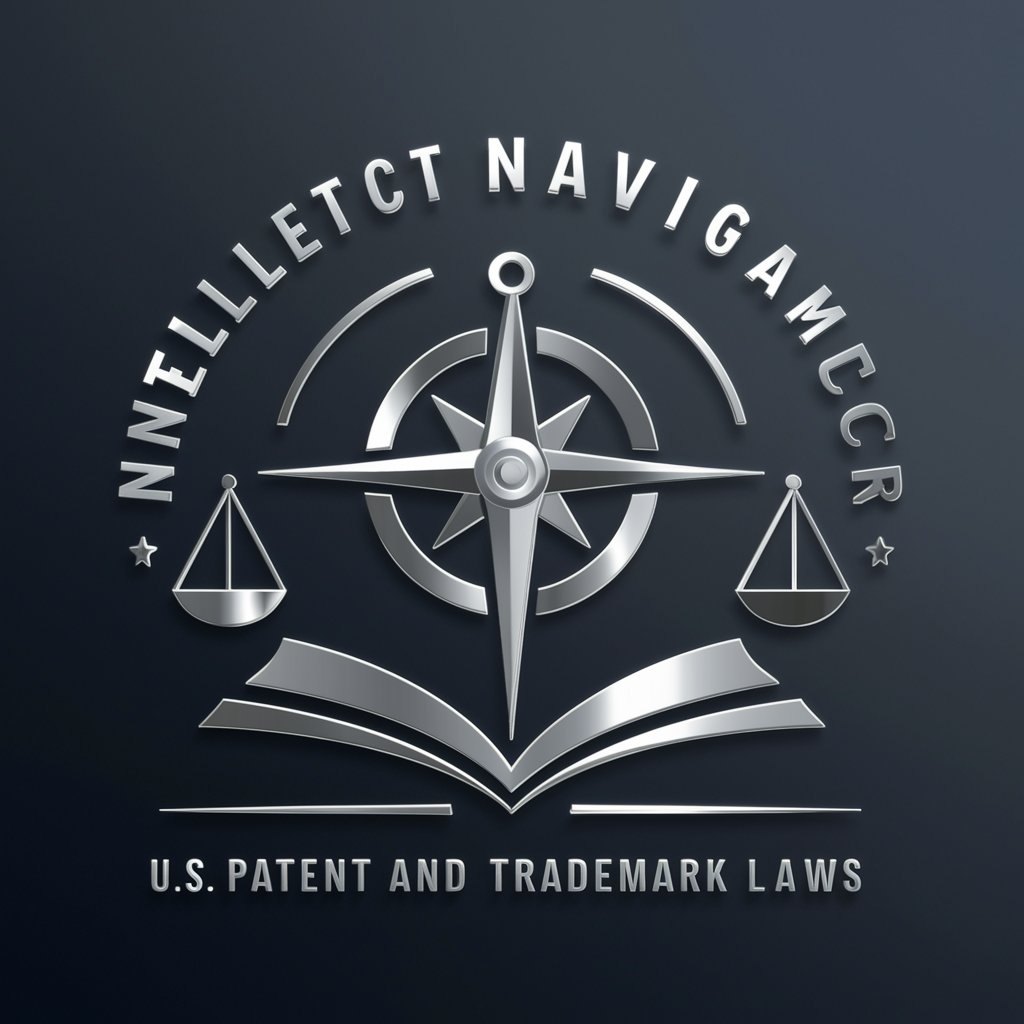
Web Design Mentor
Empowering Your Design Journey with AI

Automotive Industry Consultant
Empowering Automotive Decisions with AI

Enhanced Musical Intelligent Practice
Revolutionizing Music Practice with AI
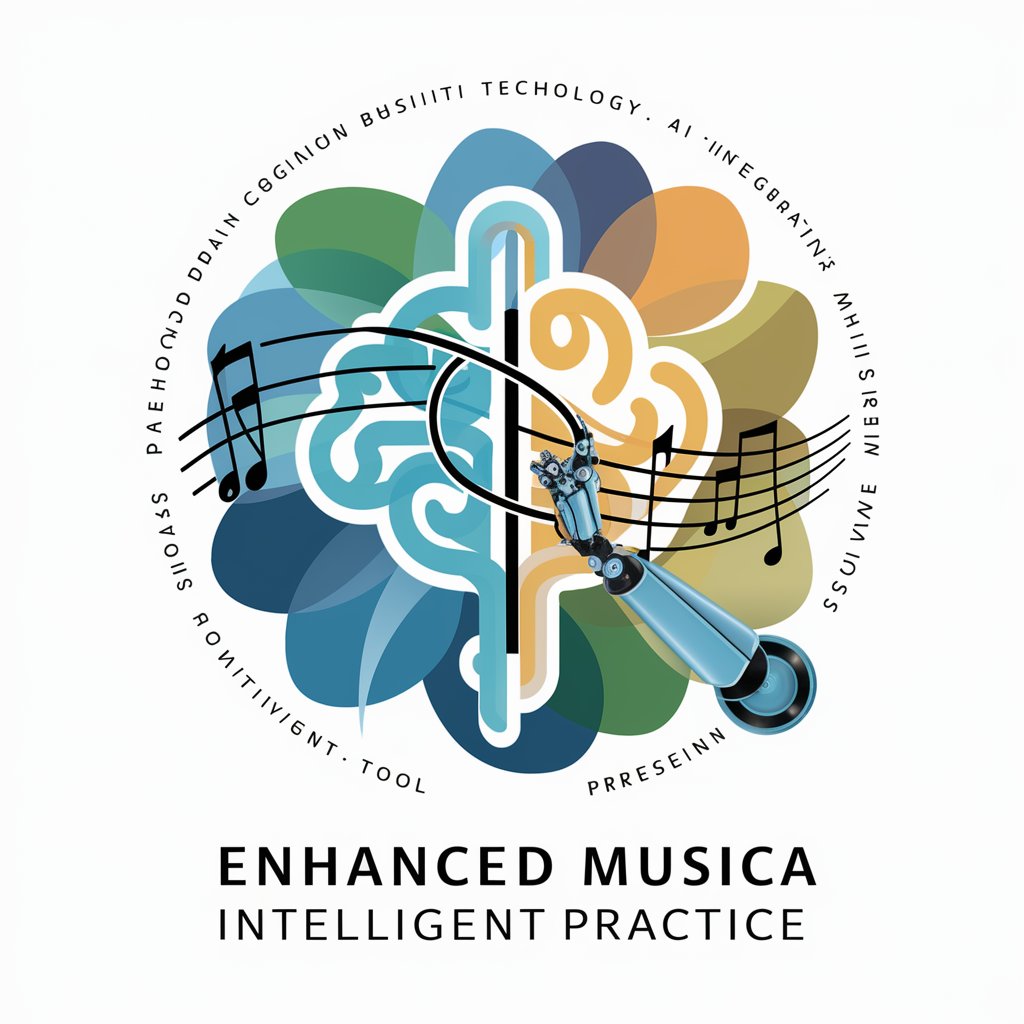
(CoT) Chain of Thoughts Method - Kinetixar
Unleash AI-Powered Insights
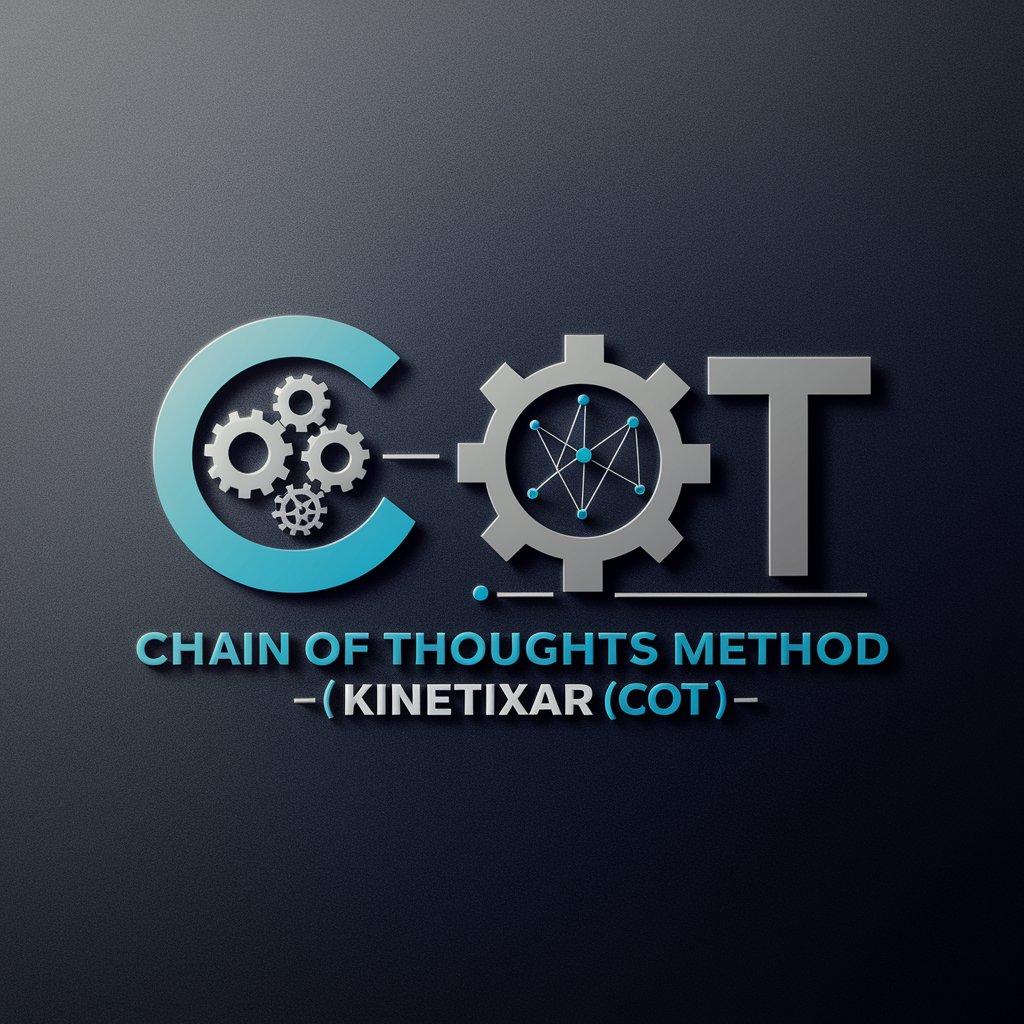
International Space Station - Fun Facts
Explore space with AI-powered insights
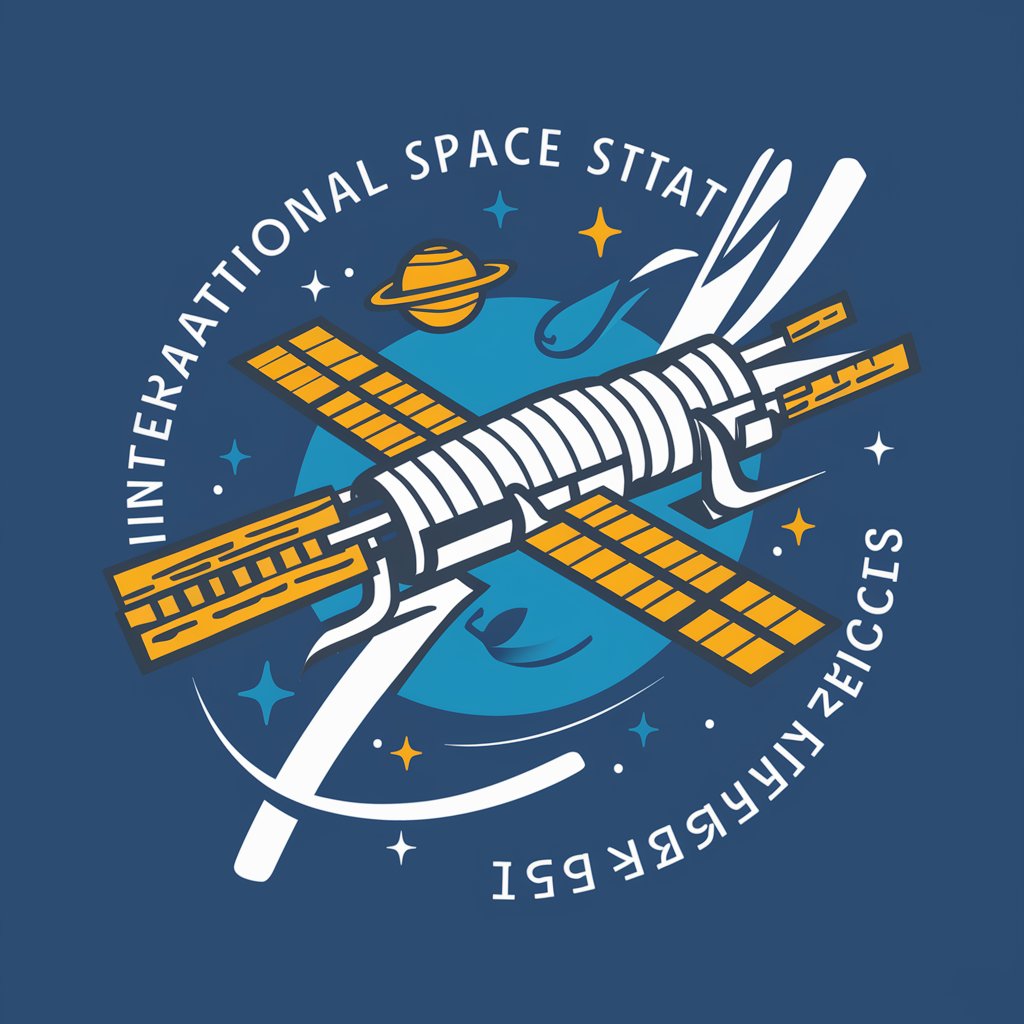
Storyteller Genius
Craft Your Story with AI Power
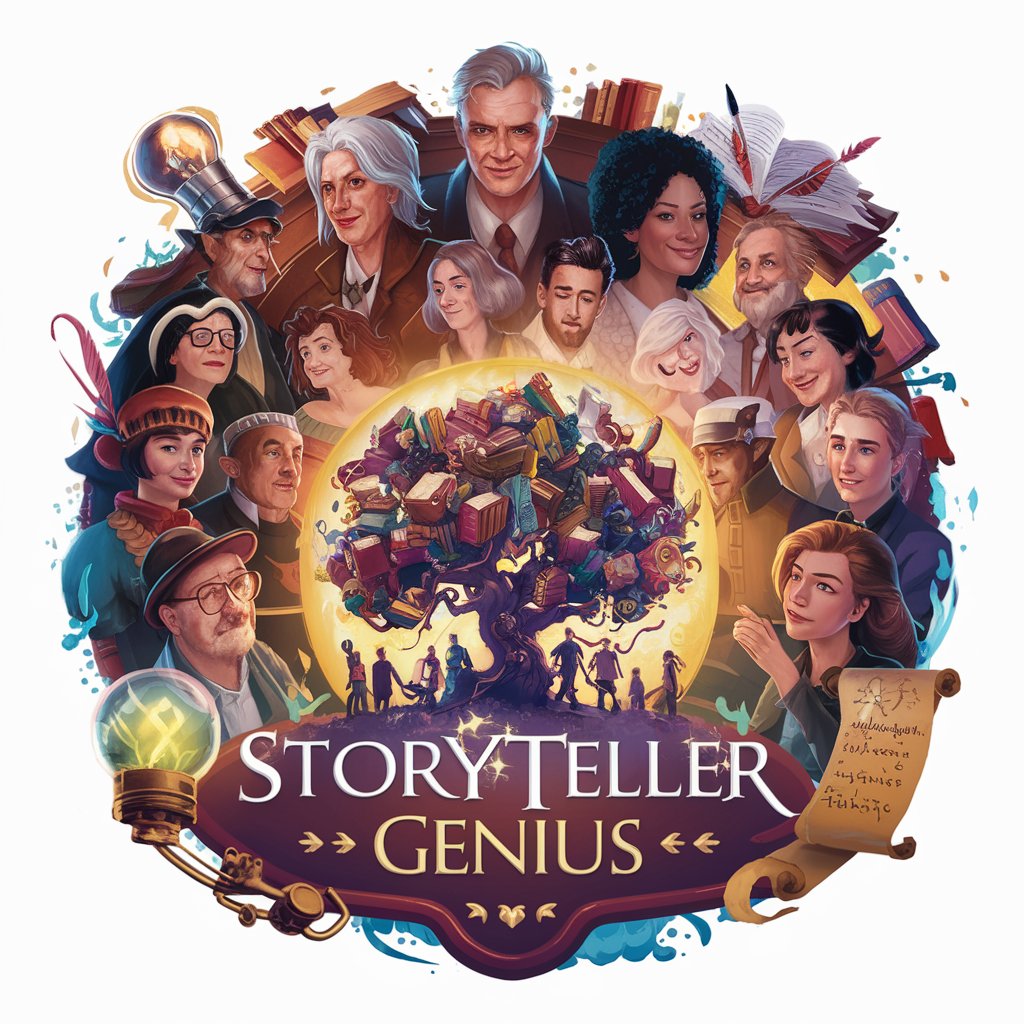
Frequently Asked Questions About Ruby Renaissance: Bundler for Project Success
What is Ruby Renaissance: Bundler for Project Success?
Ruby Renaissance is a specialized tool designed to assist in managing Ruby project dependencies efficiently with Bundler. It guides users through best practices for setting up and maintaining a stable project environment.
How does Ruby Renaissance improve project stability?
By facilitating precise control over gem versions and dependencies, it prevents conflicts and ensures that projects run consistently across different environments.
Can Ruby Renaissance handle complex dependency graphs?
Yes, it's equipped to resolve complex dependency graphs, selecting compatible versions of gems to maintain project stability and functionality.
Is Ruby Renaissance suitable for beginners?
Absolutely. It provides a streamlined process for managing dependencies, making it accessible for beginners while offering advanced features for experienced developers.
How does Ruby Renaissance integrate with existing projects?
It seamlessly integrates with any Ruby project by analyzing the Gemfile to recommend updates and resolve dependencies, ensuring projects stay up-to-date and secure.
